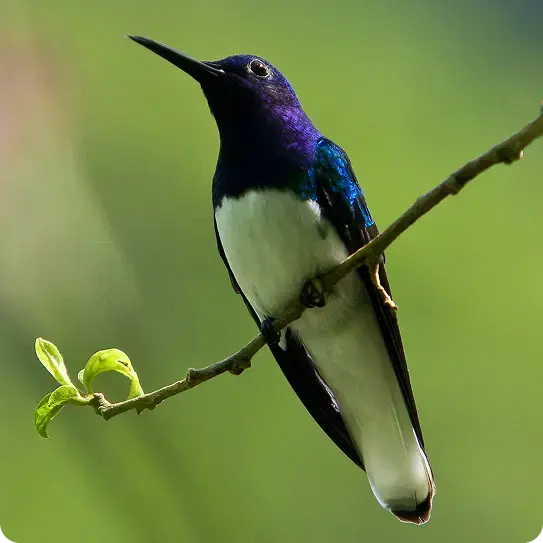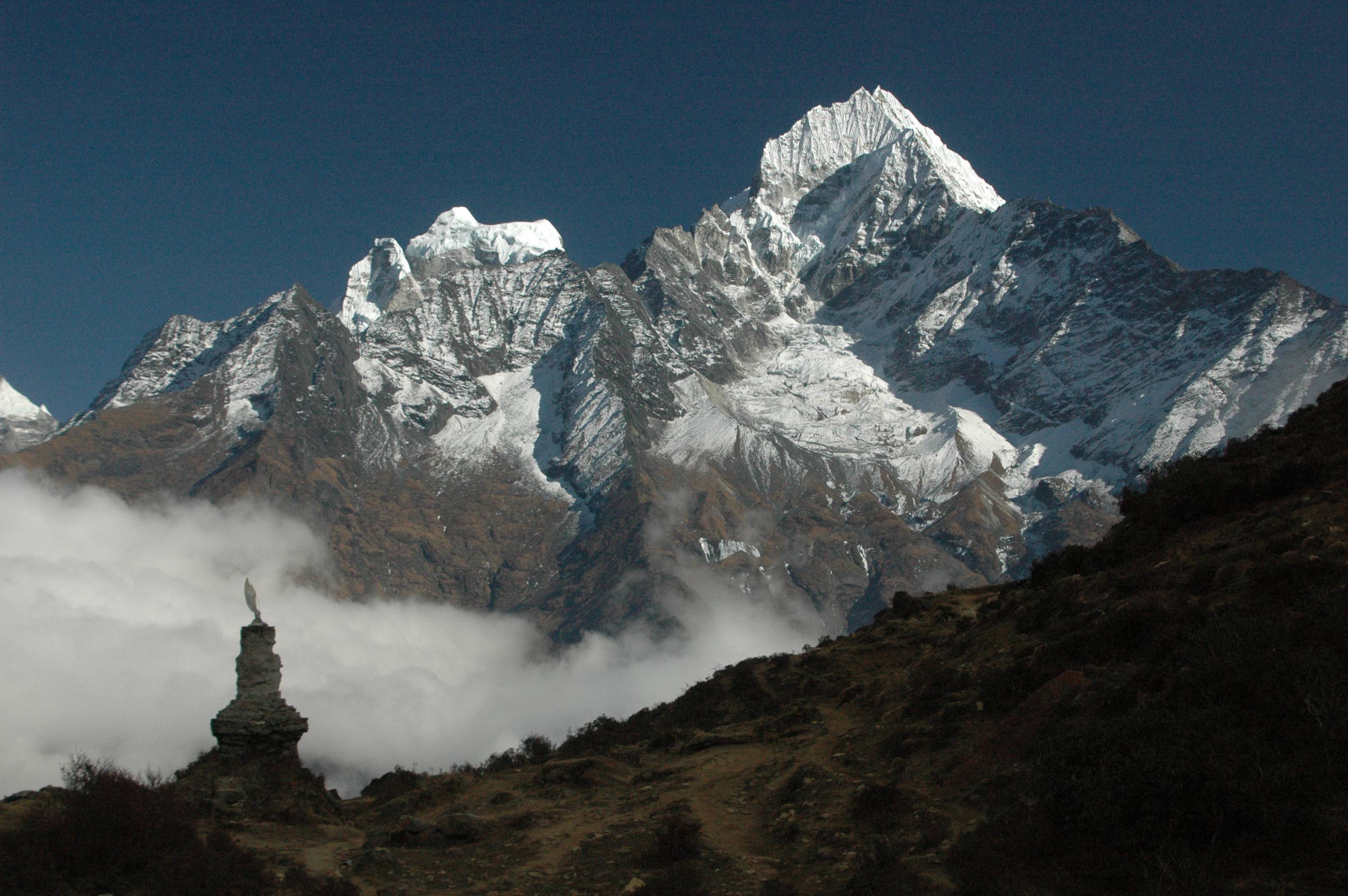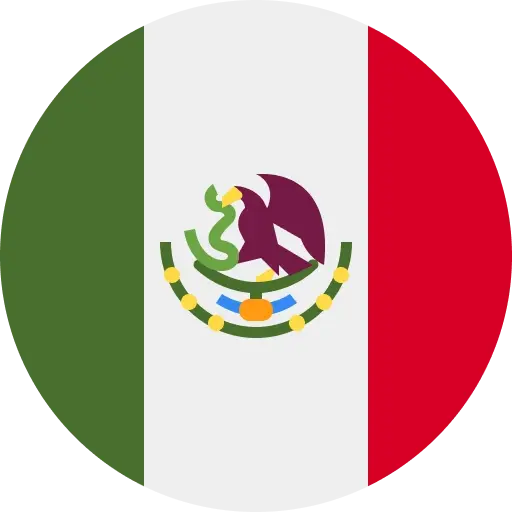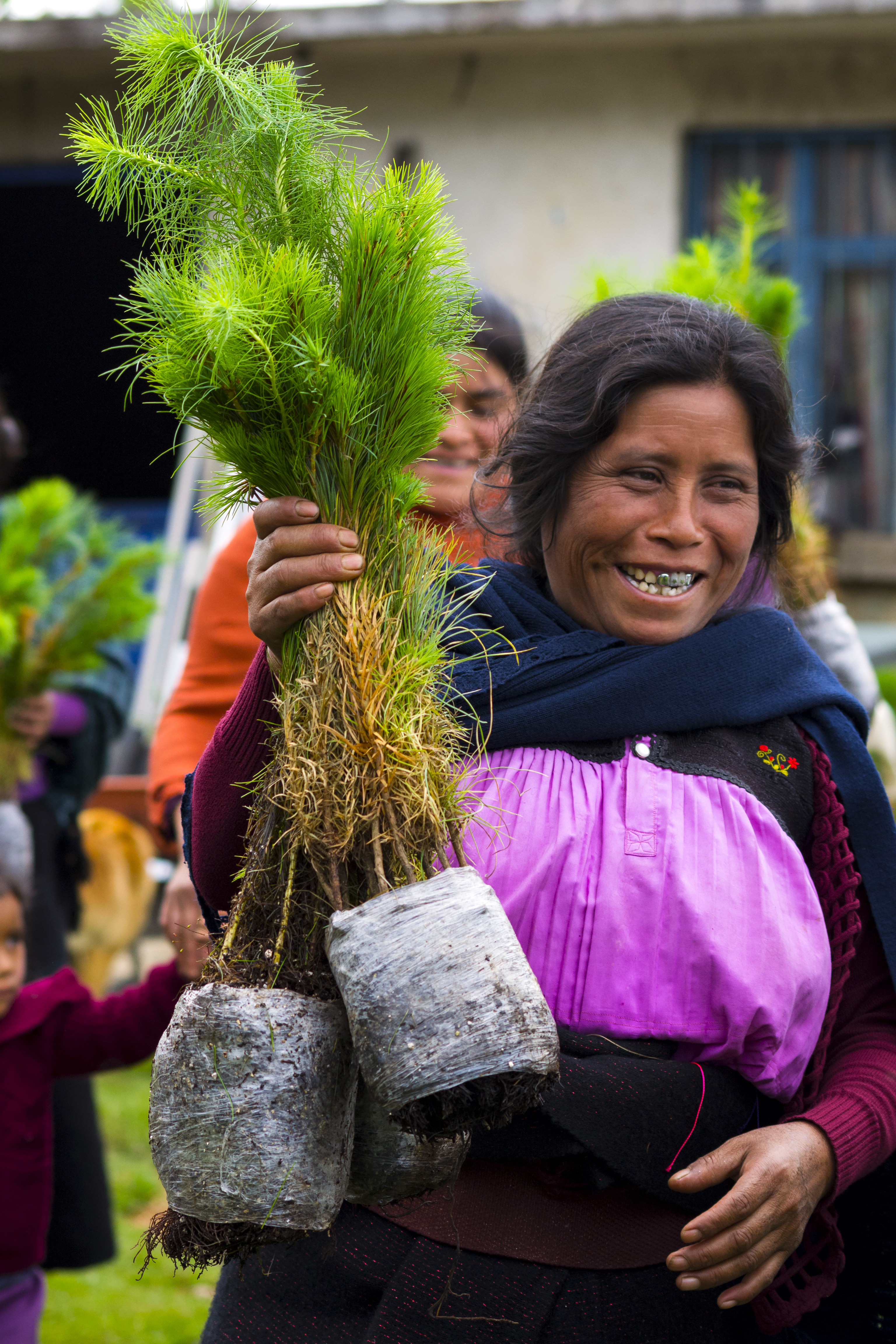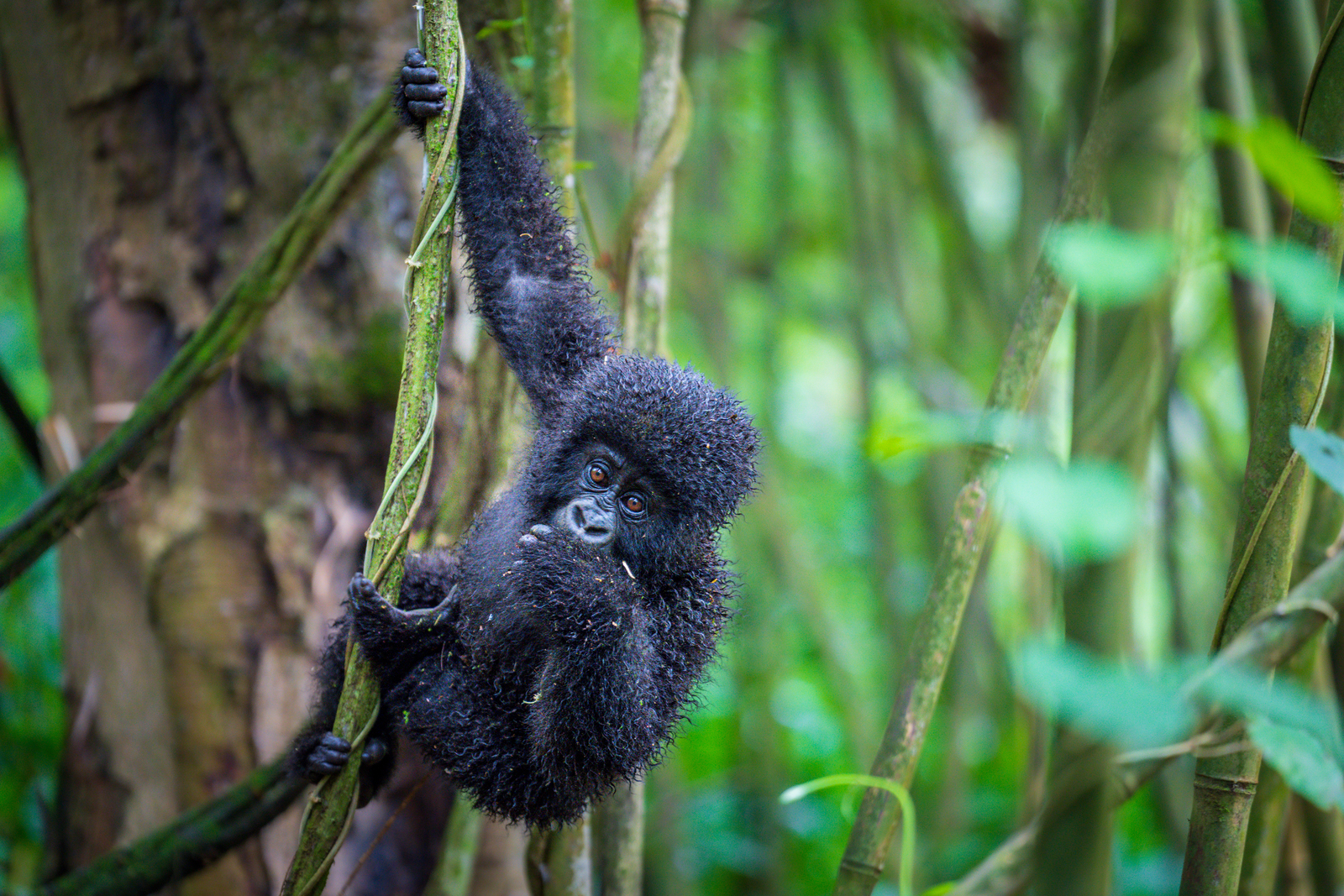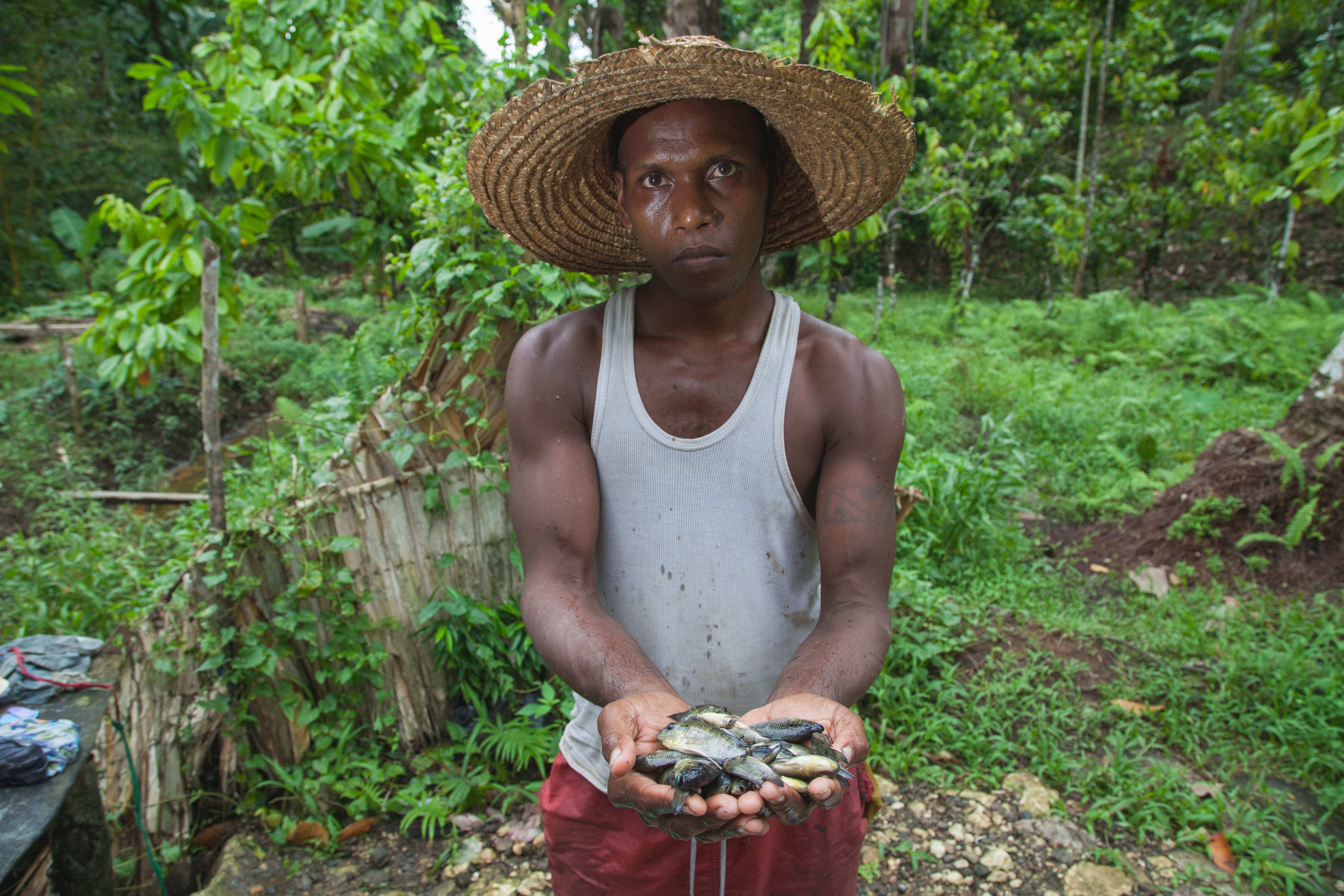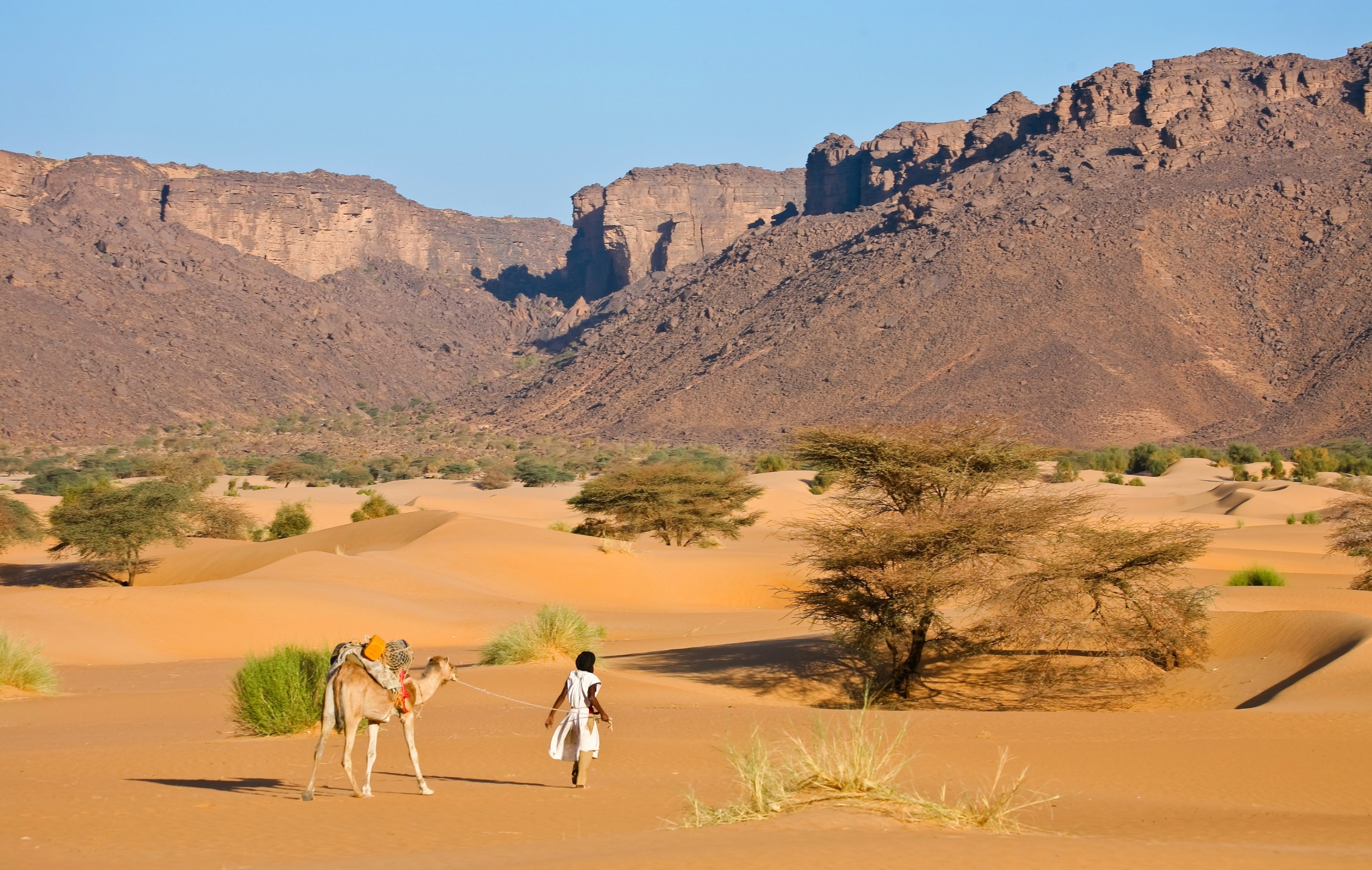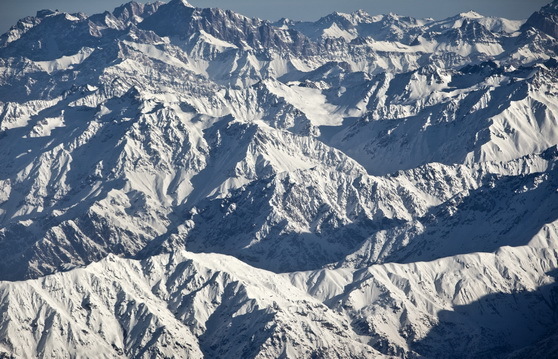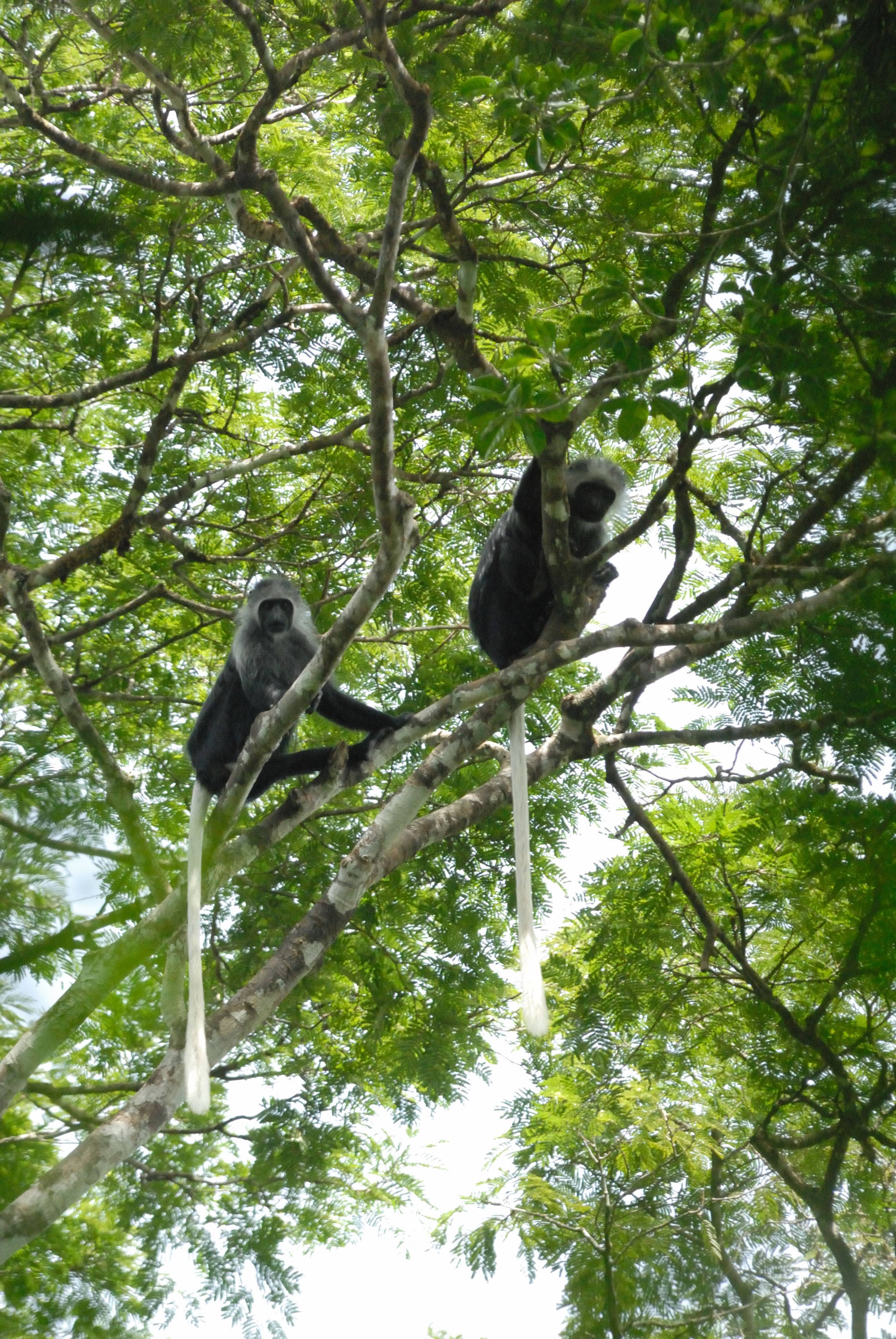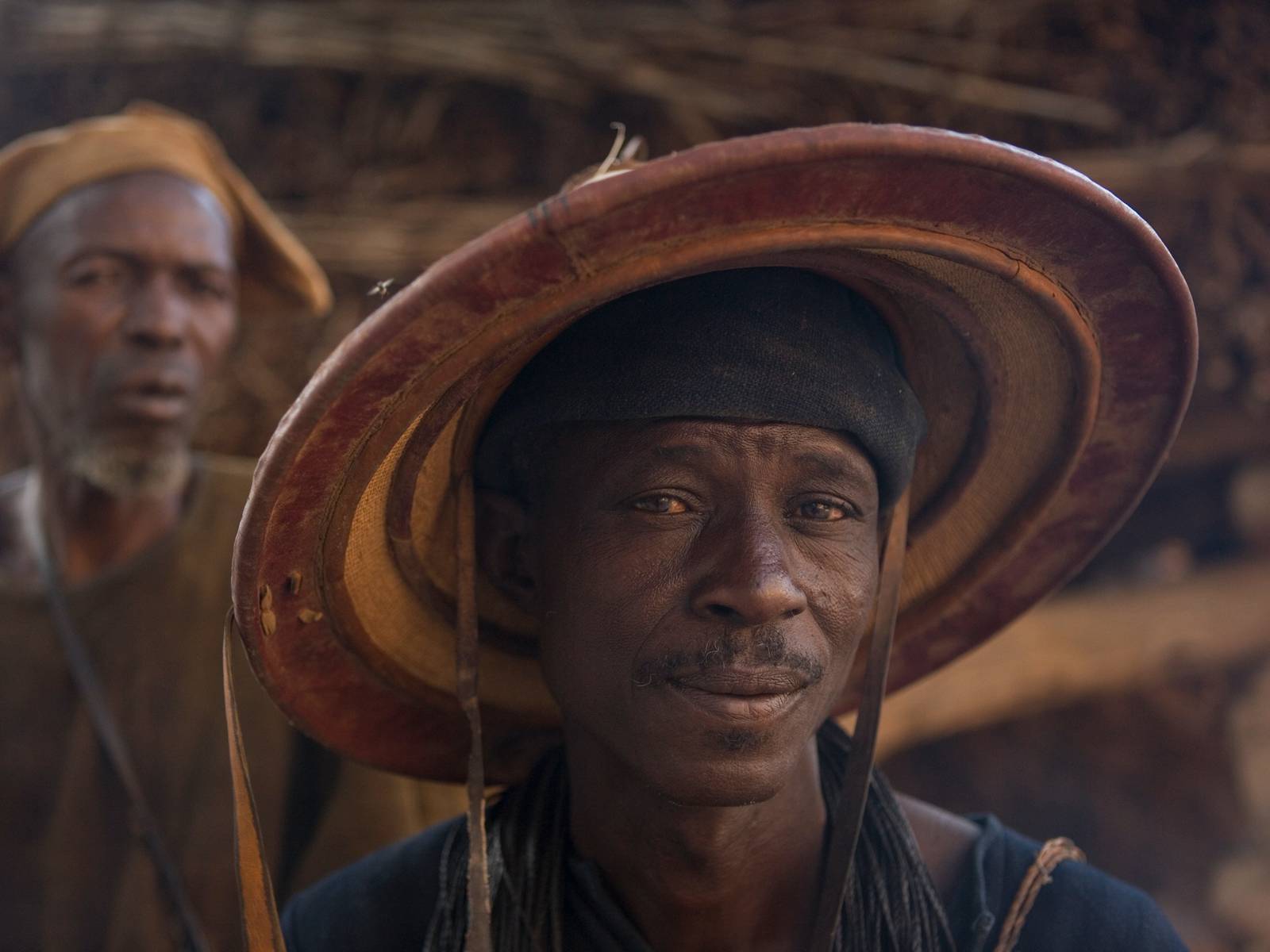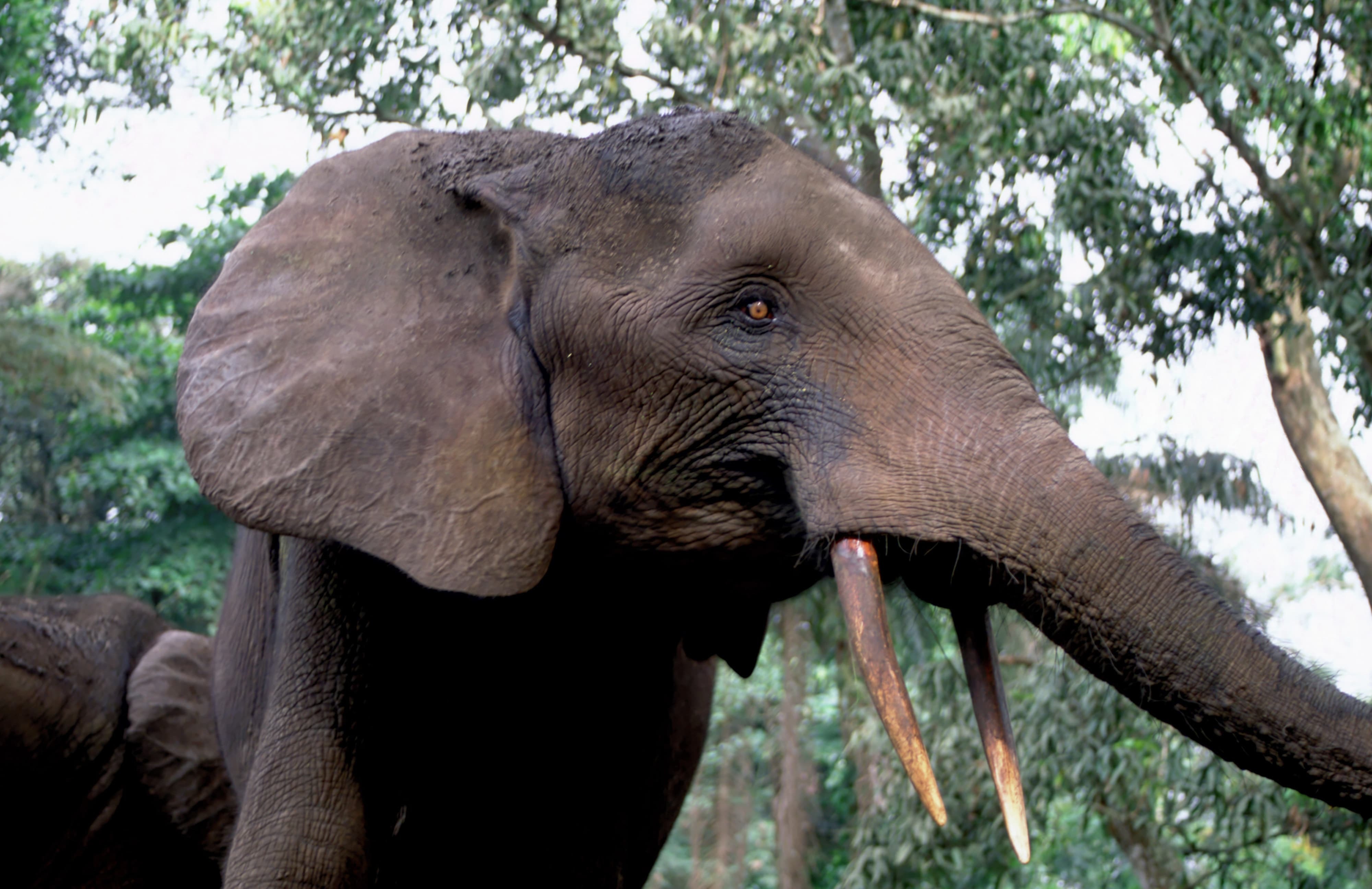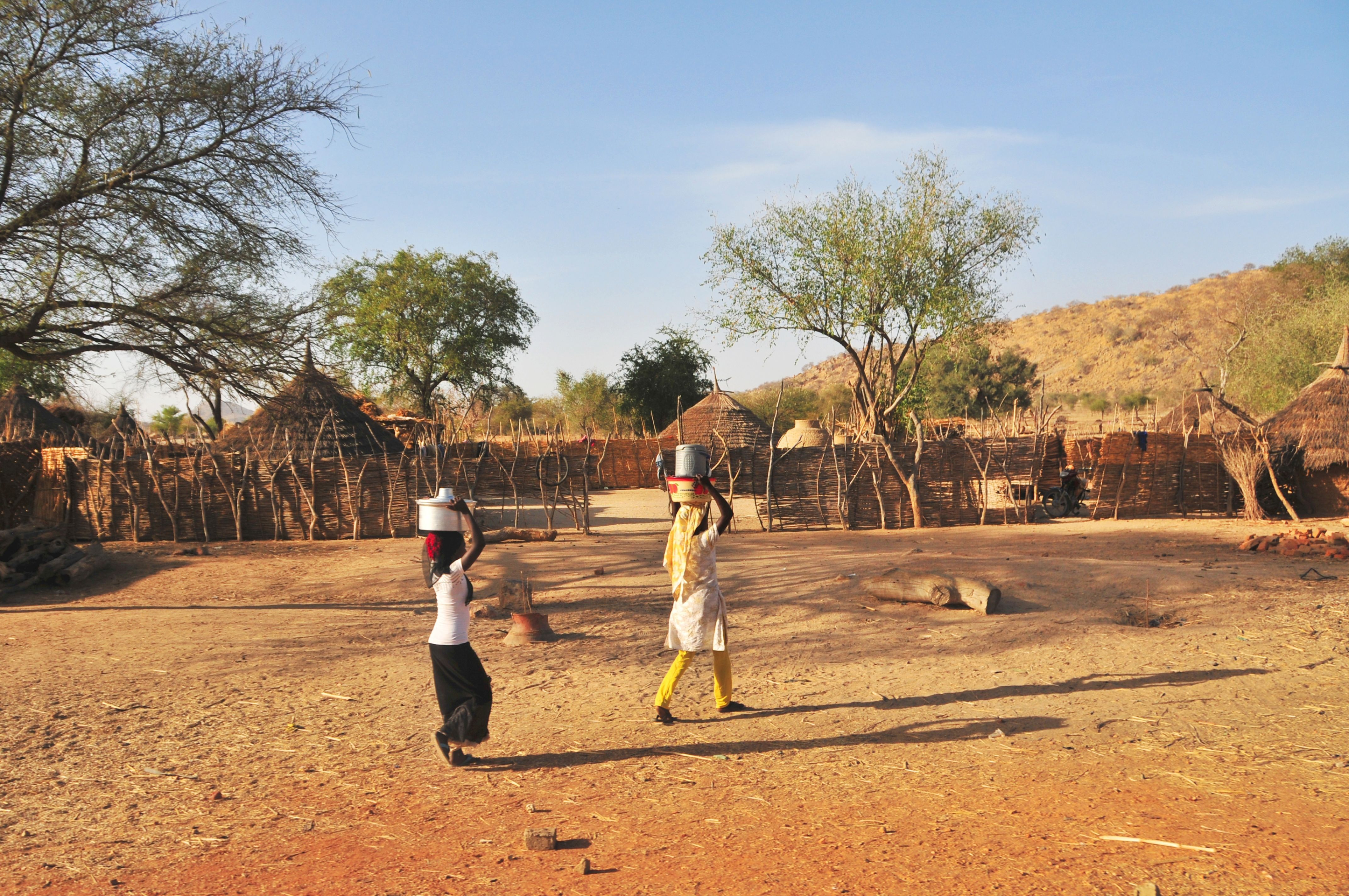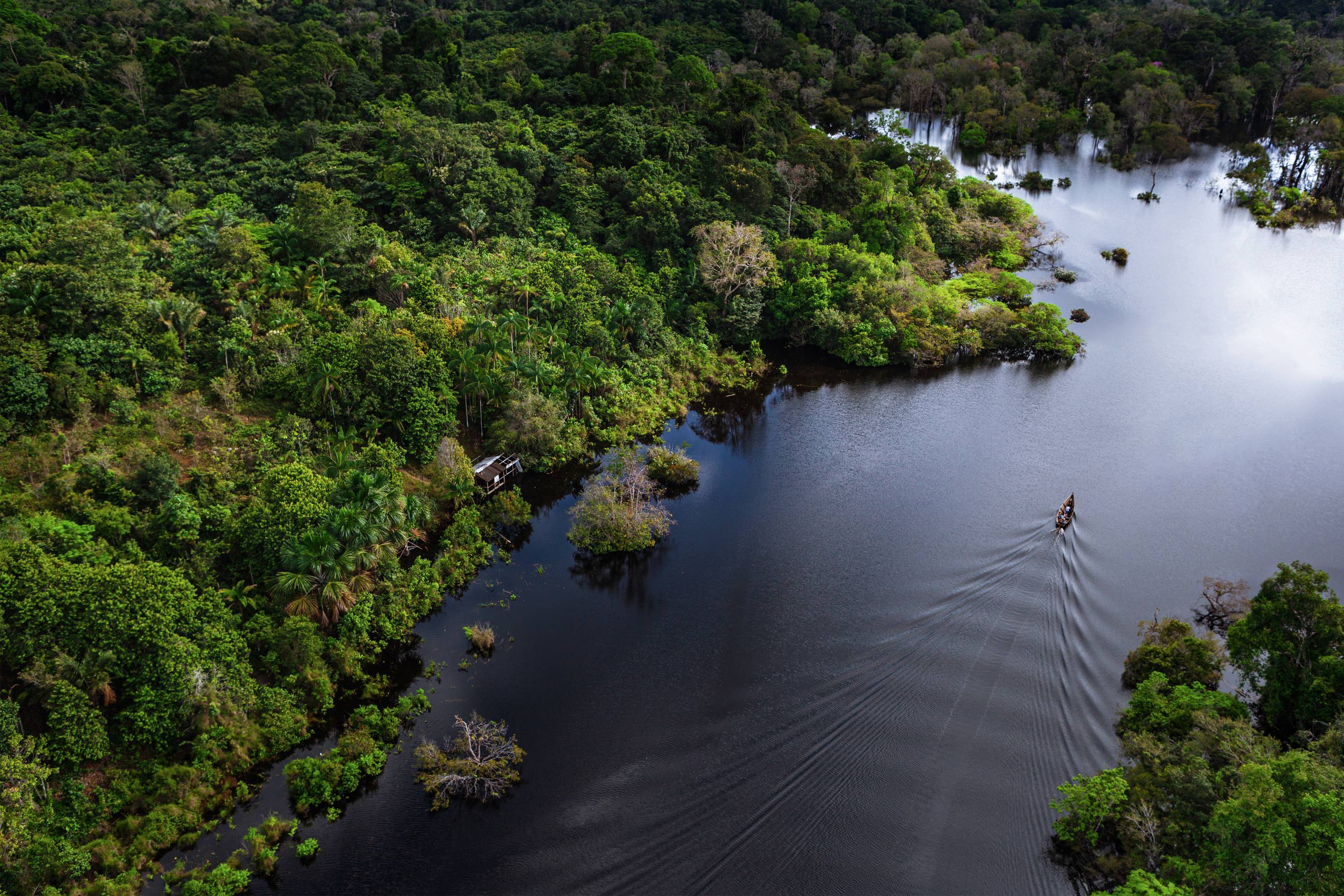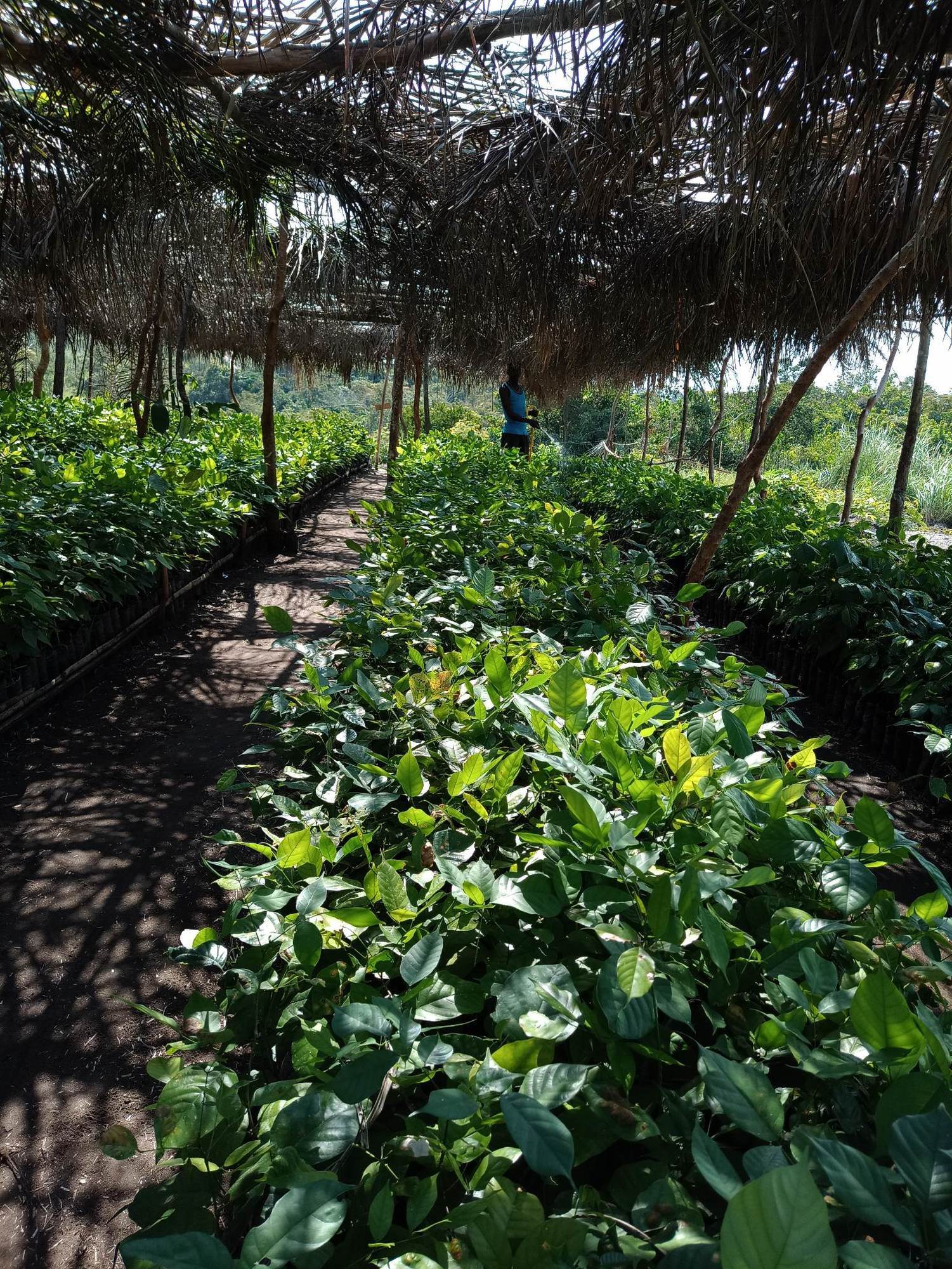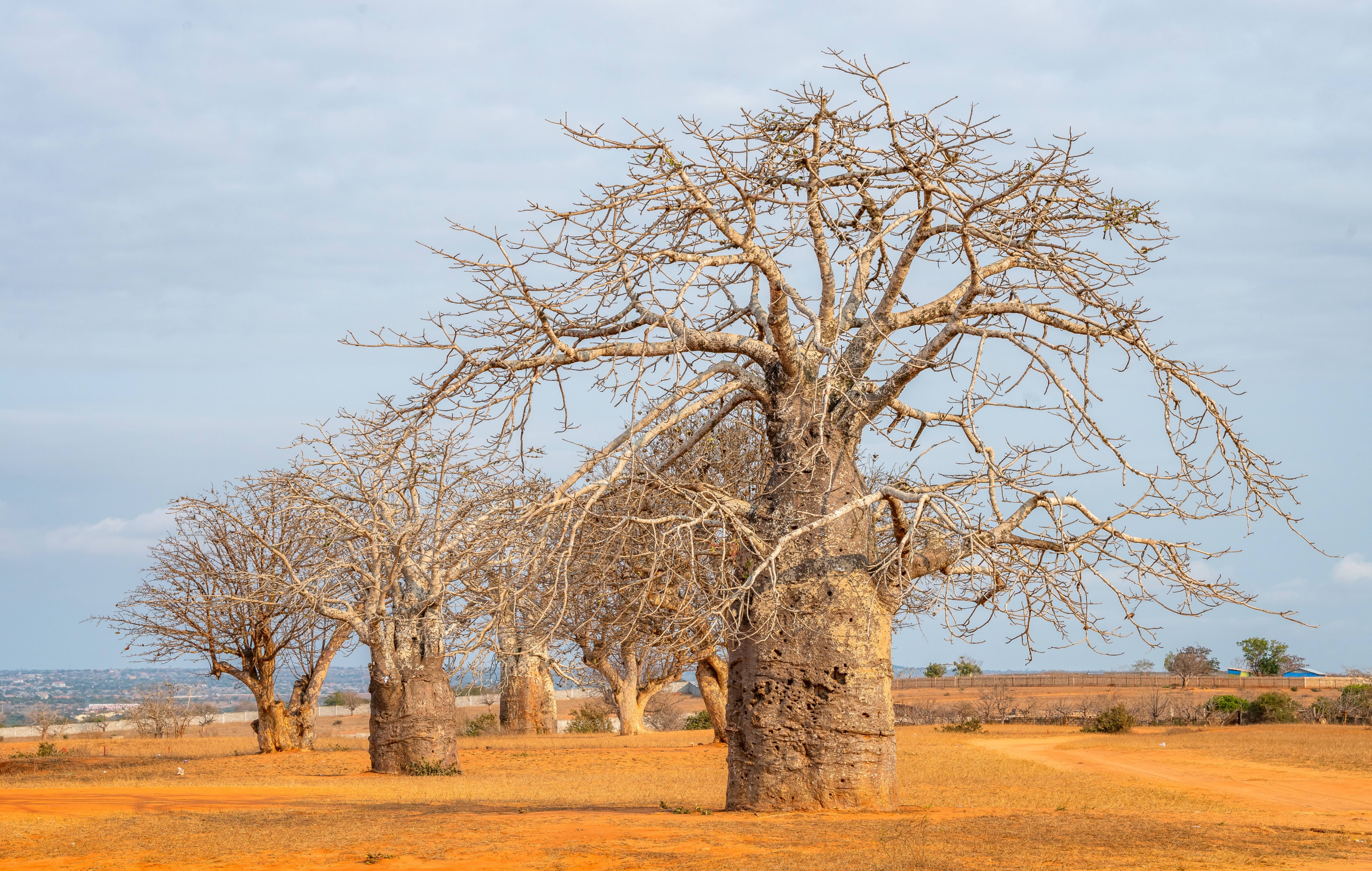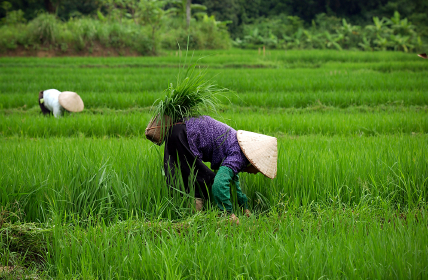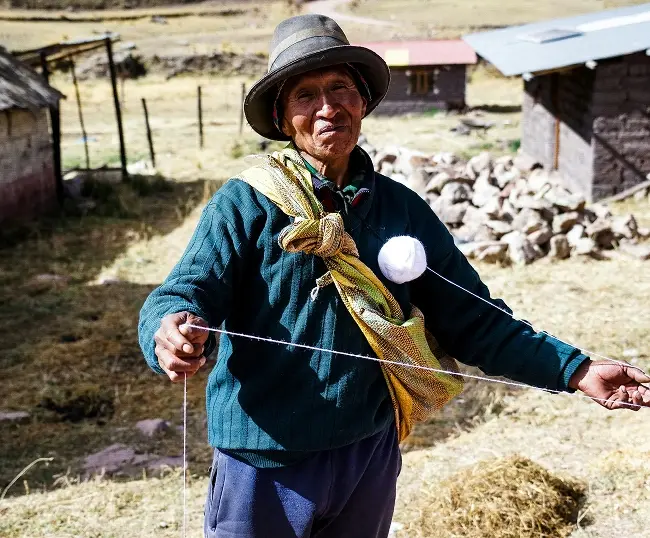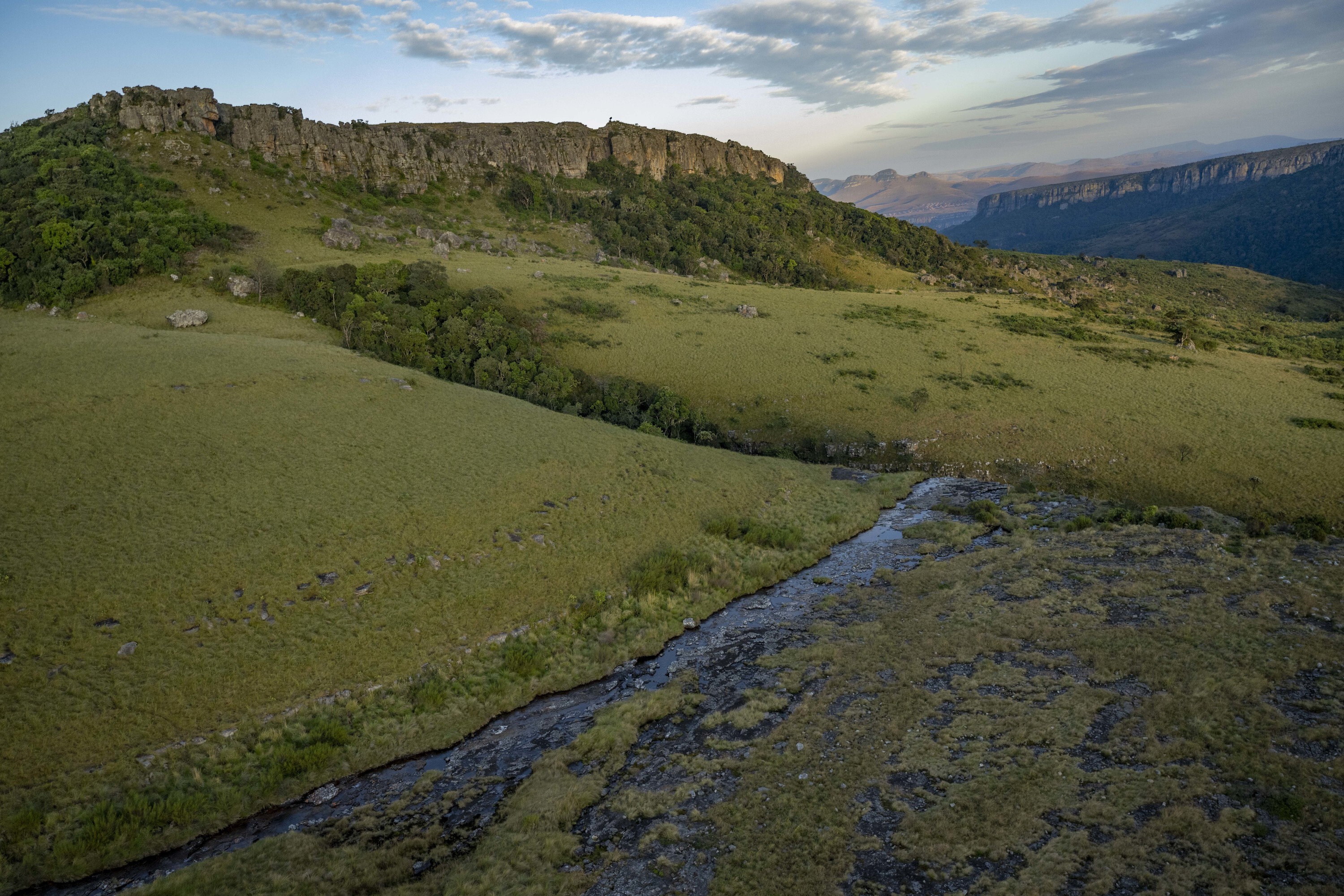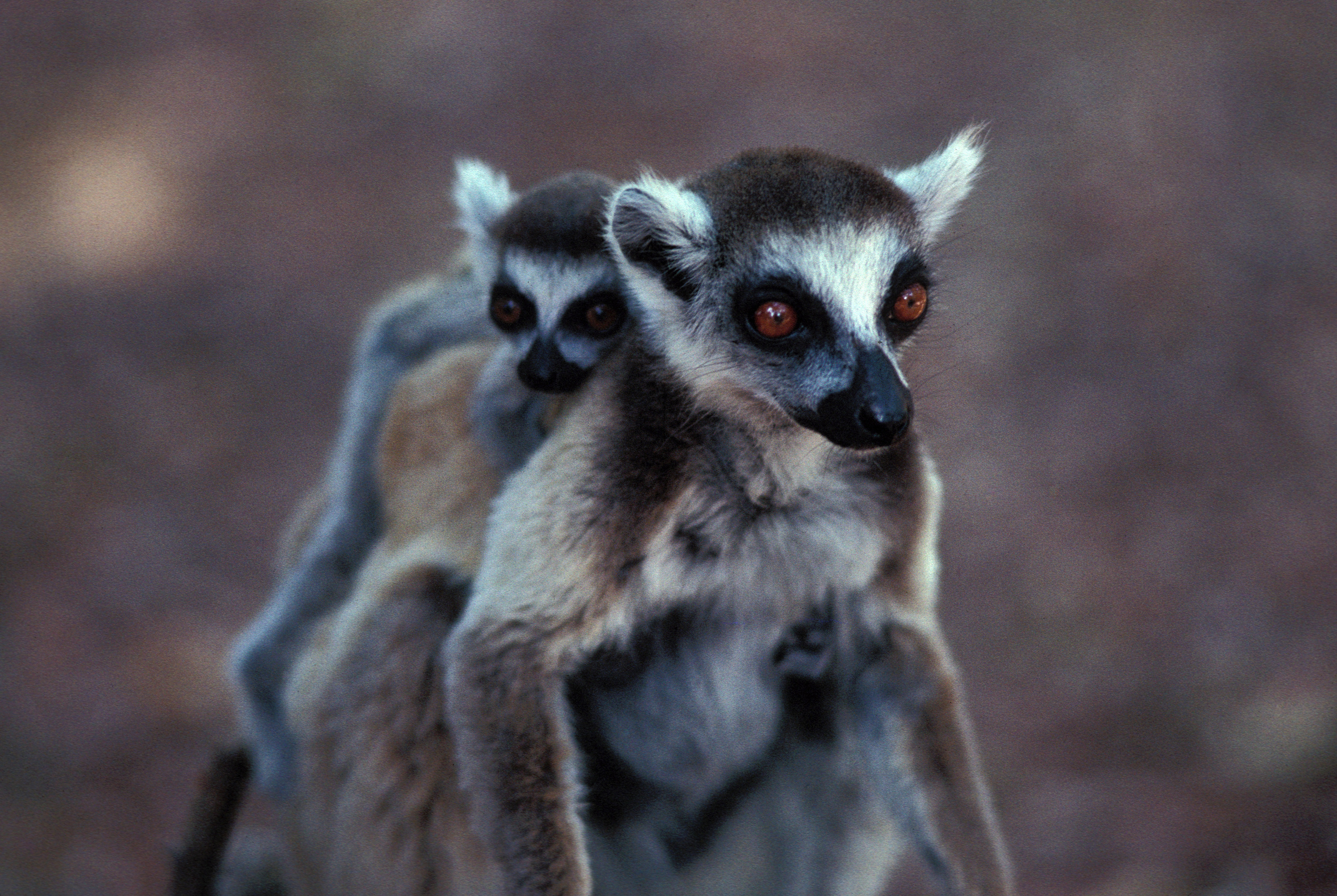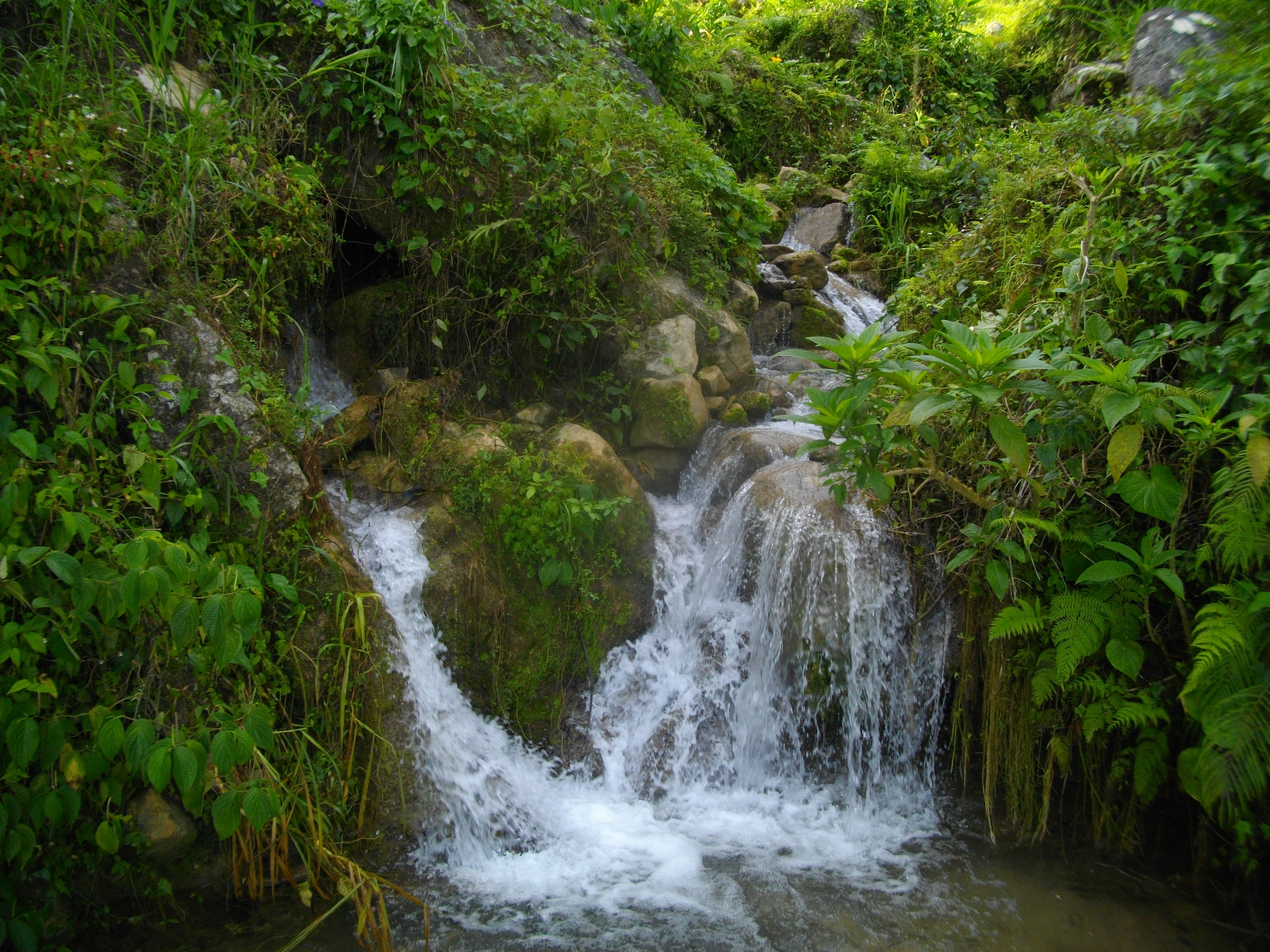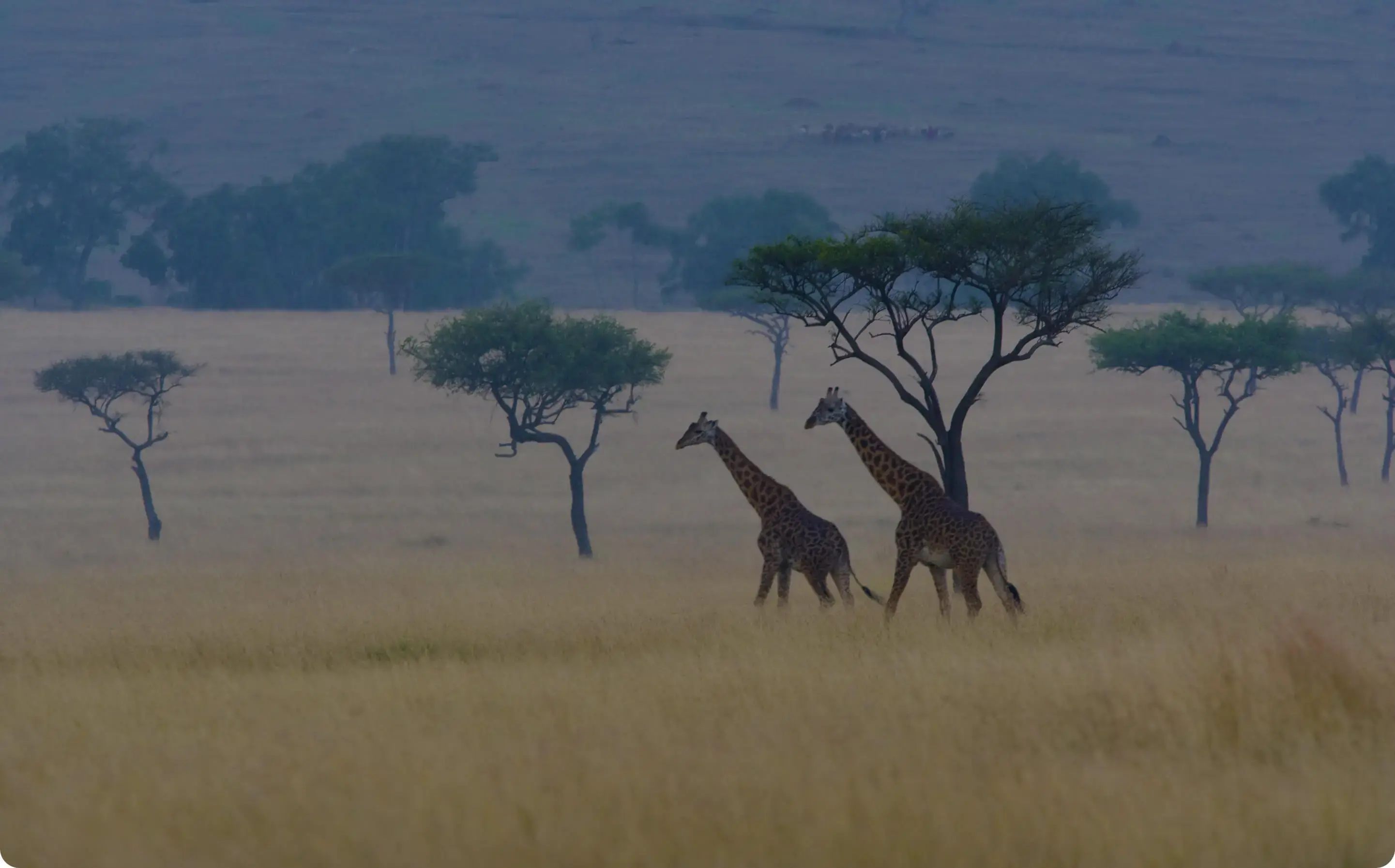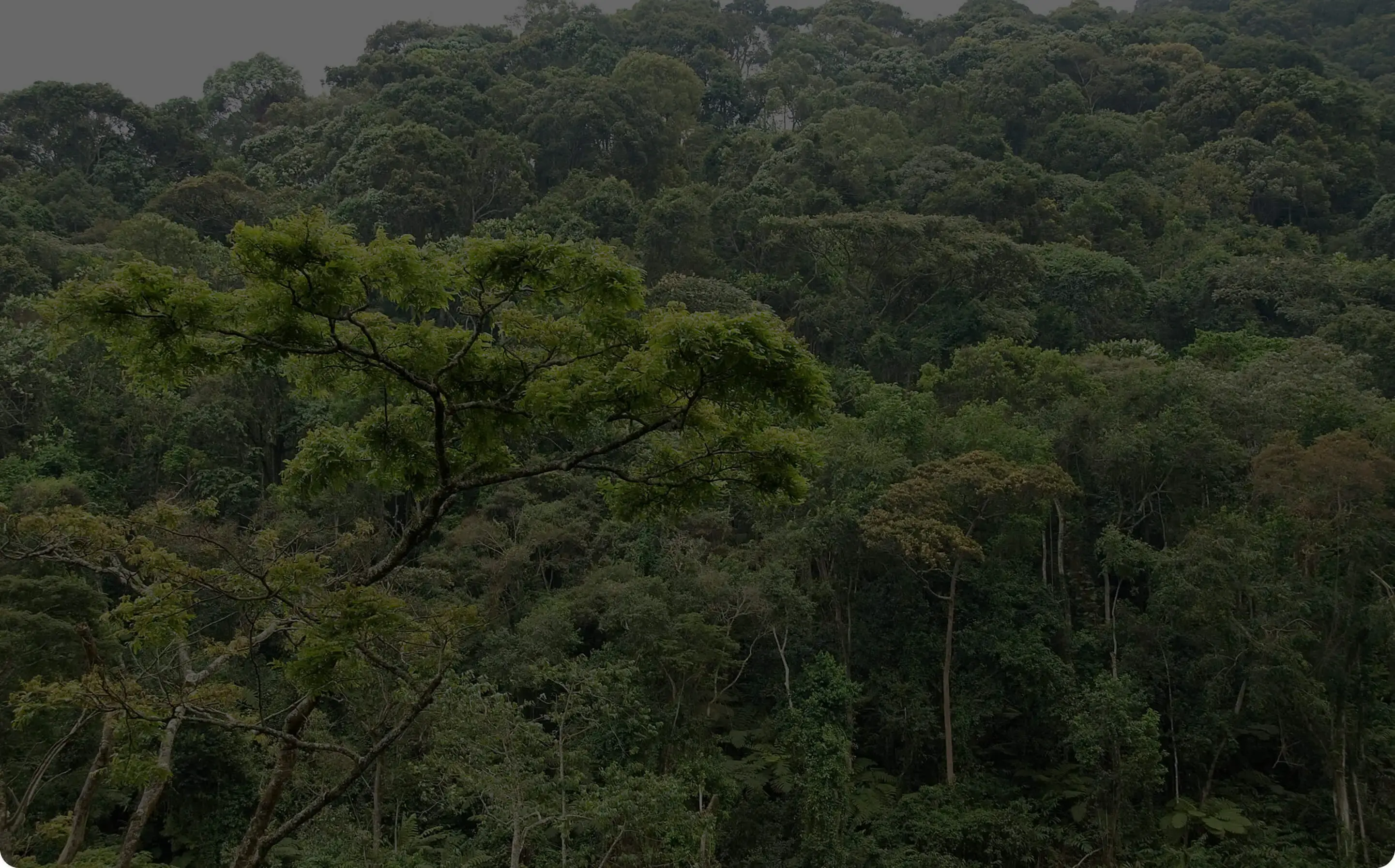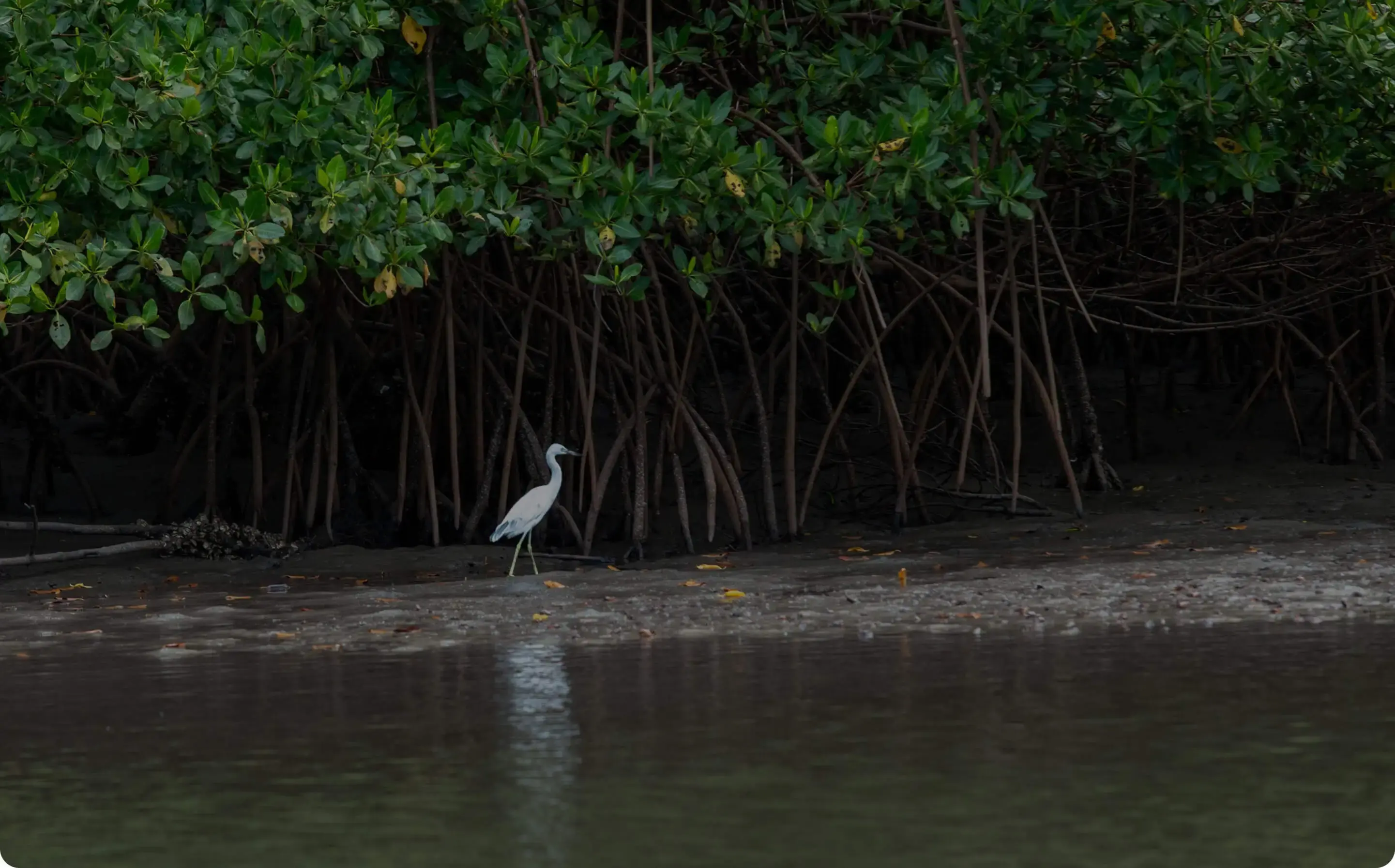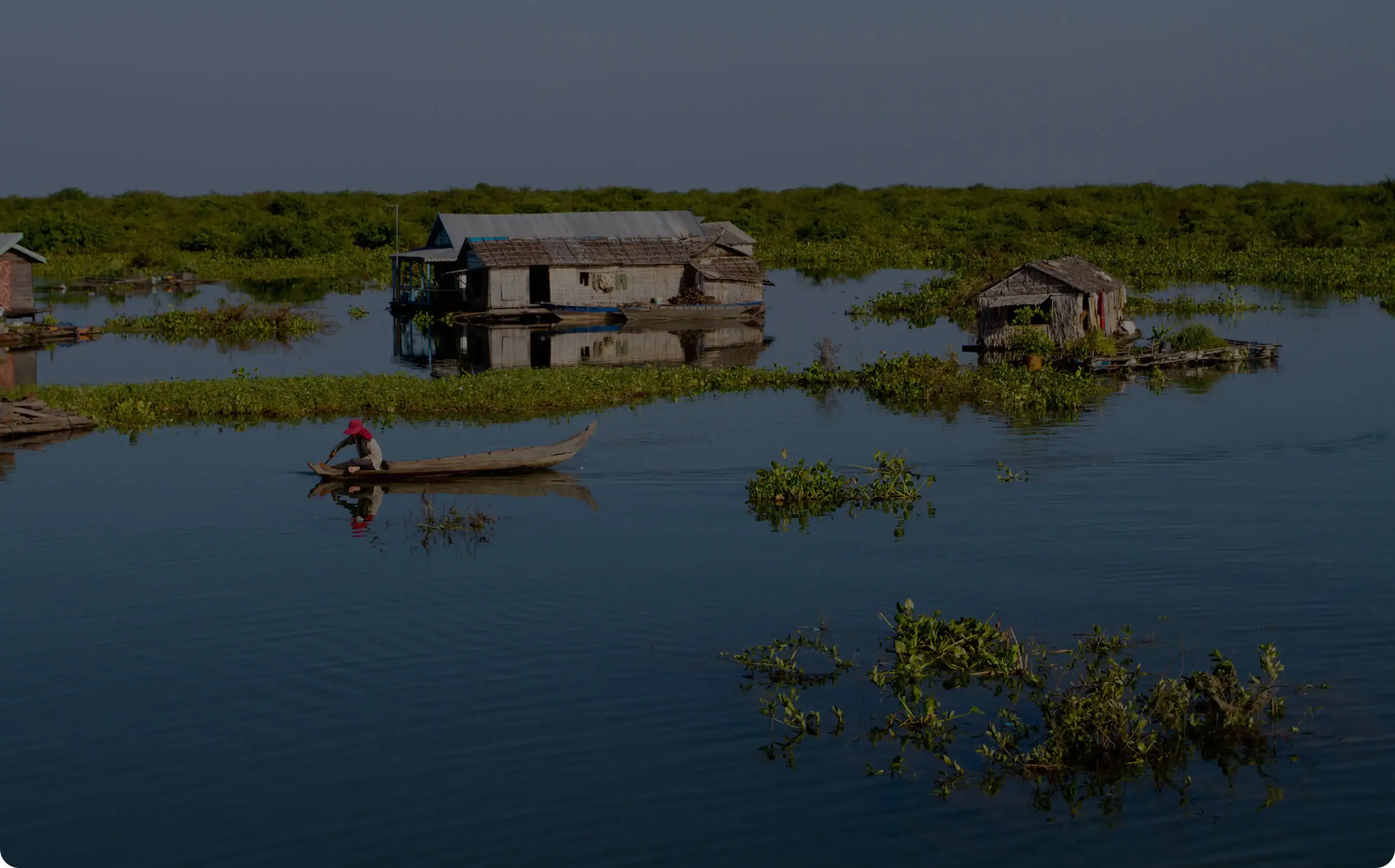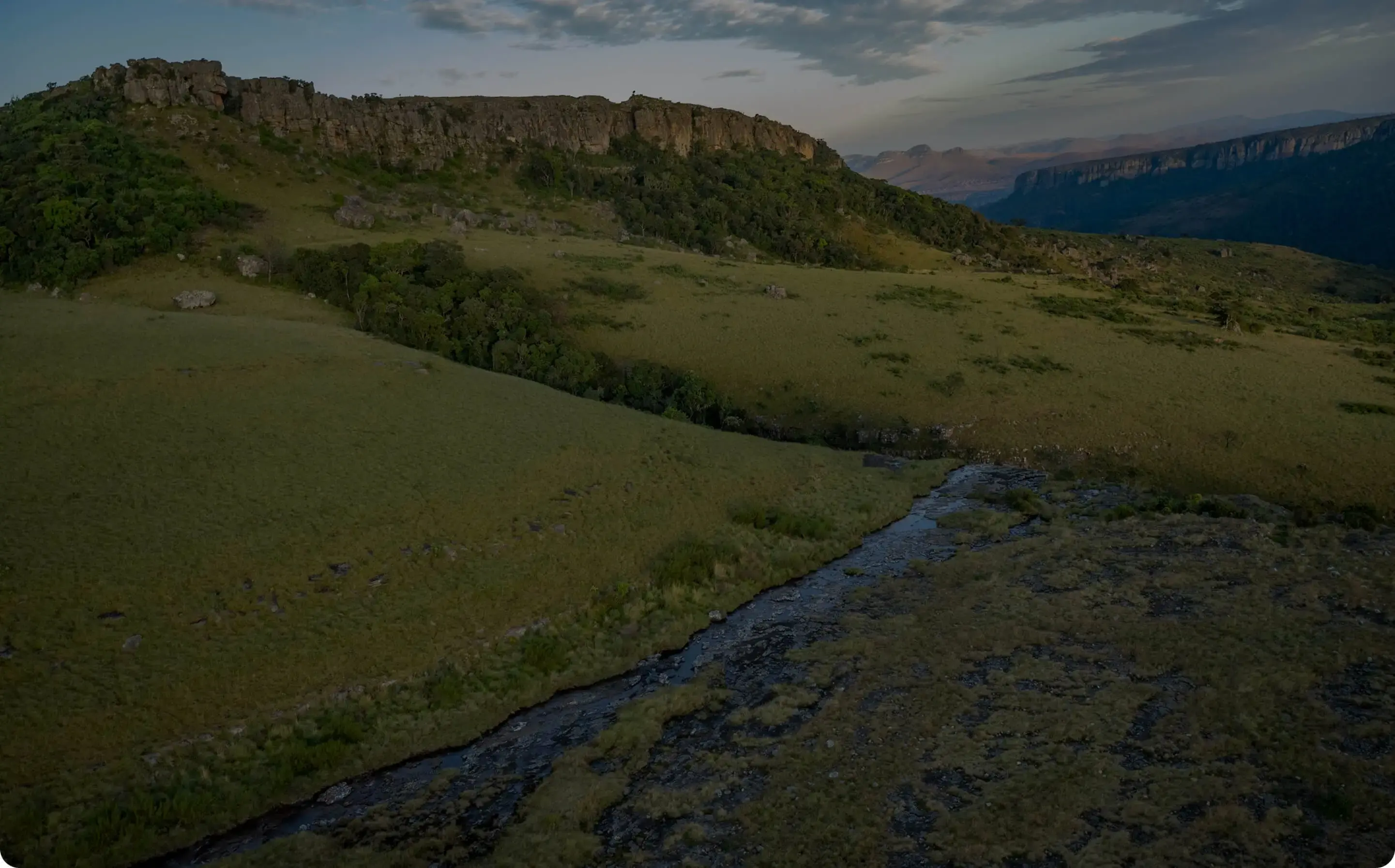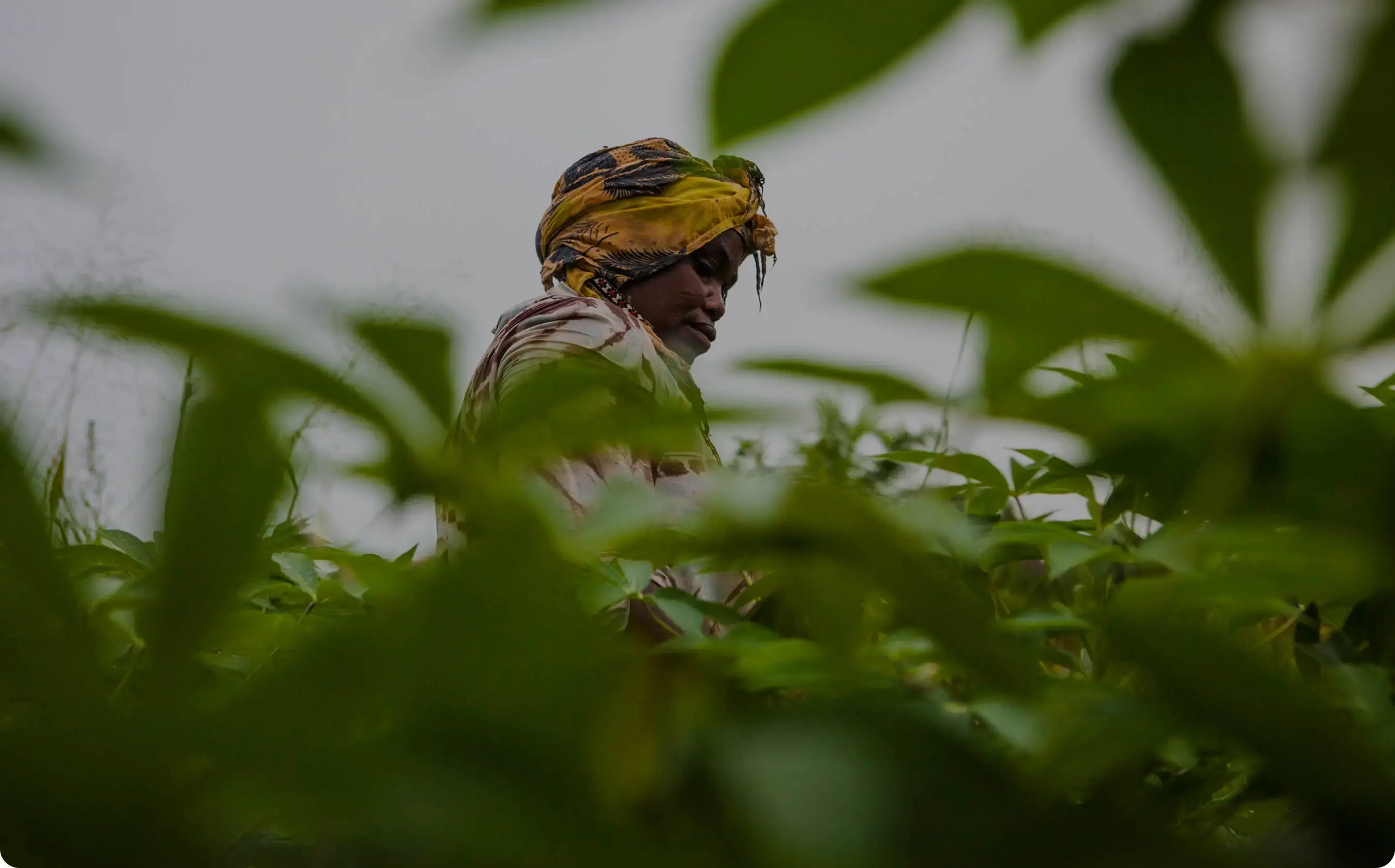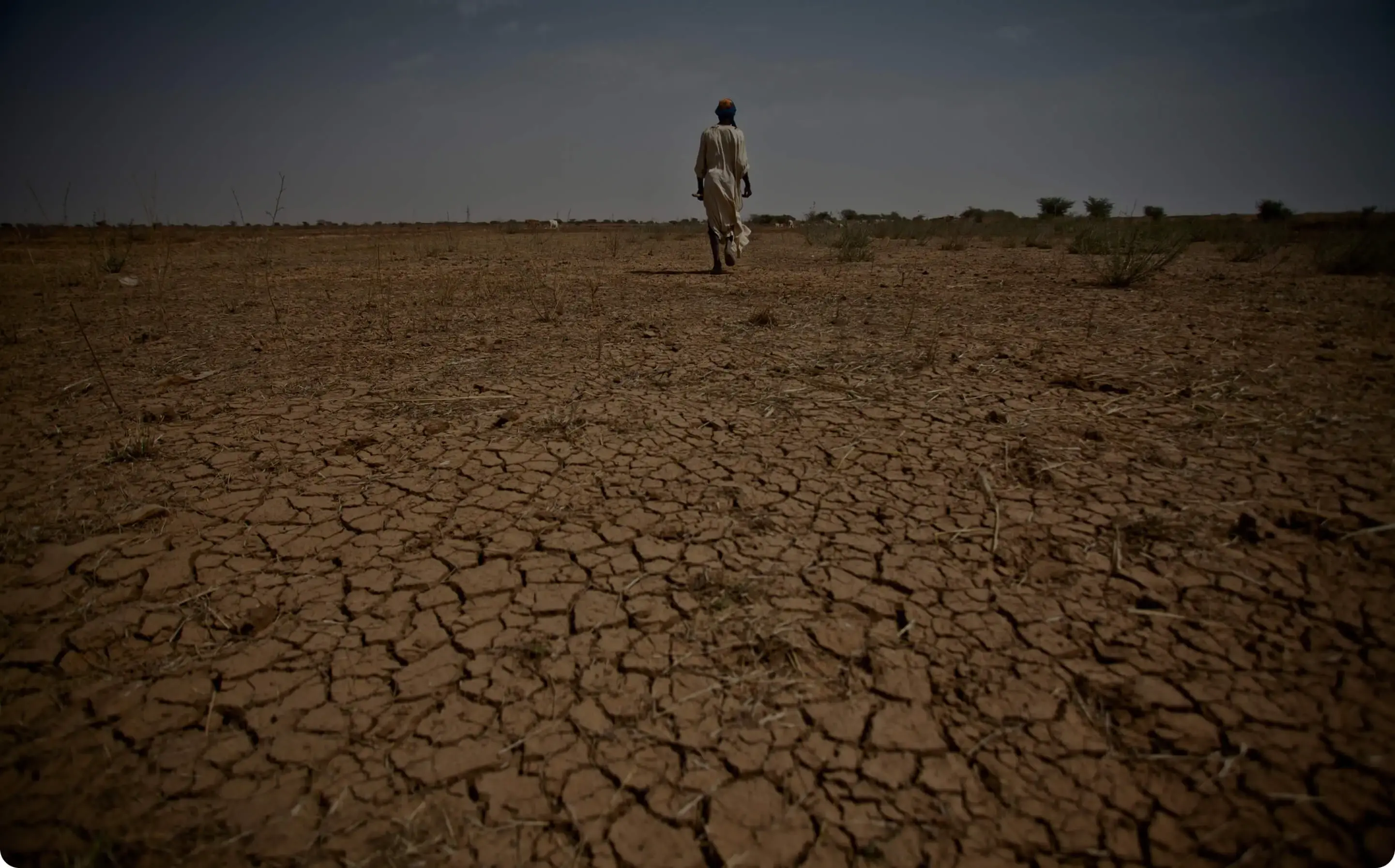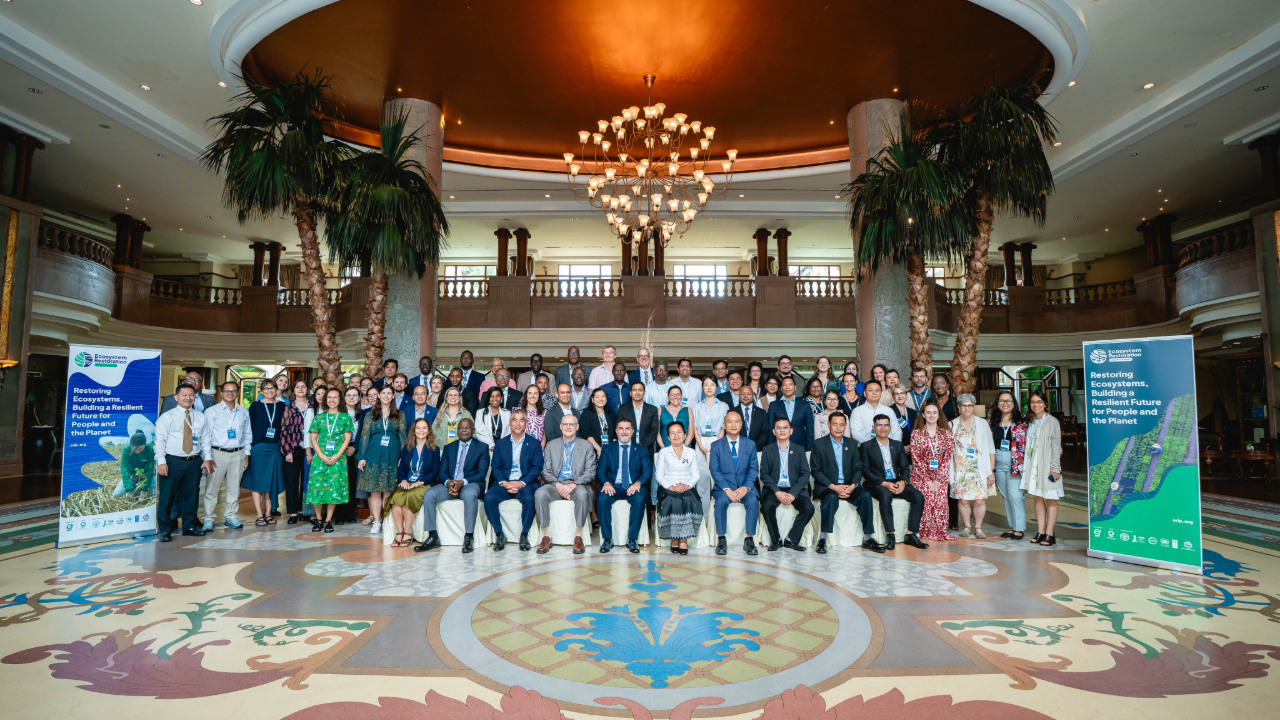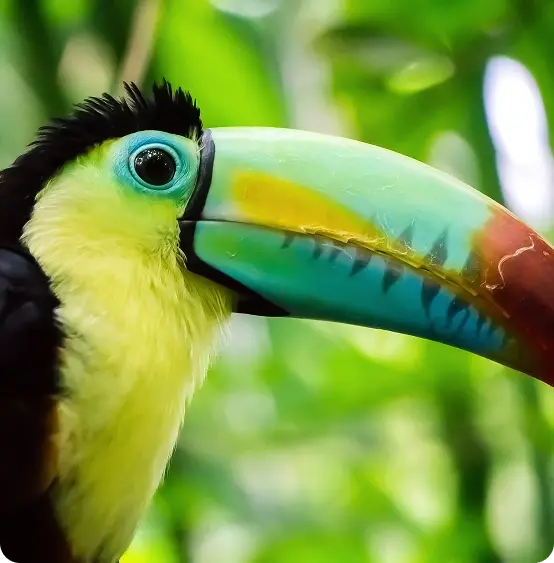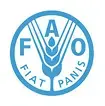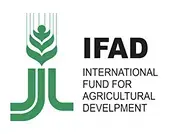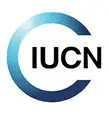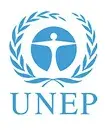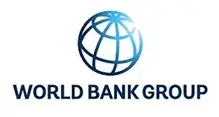Our Global Reach
The program aims to restore crucial ecosystems such as forests, mangroves, wetlands, peatlands and grasslands across 20 countries.

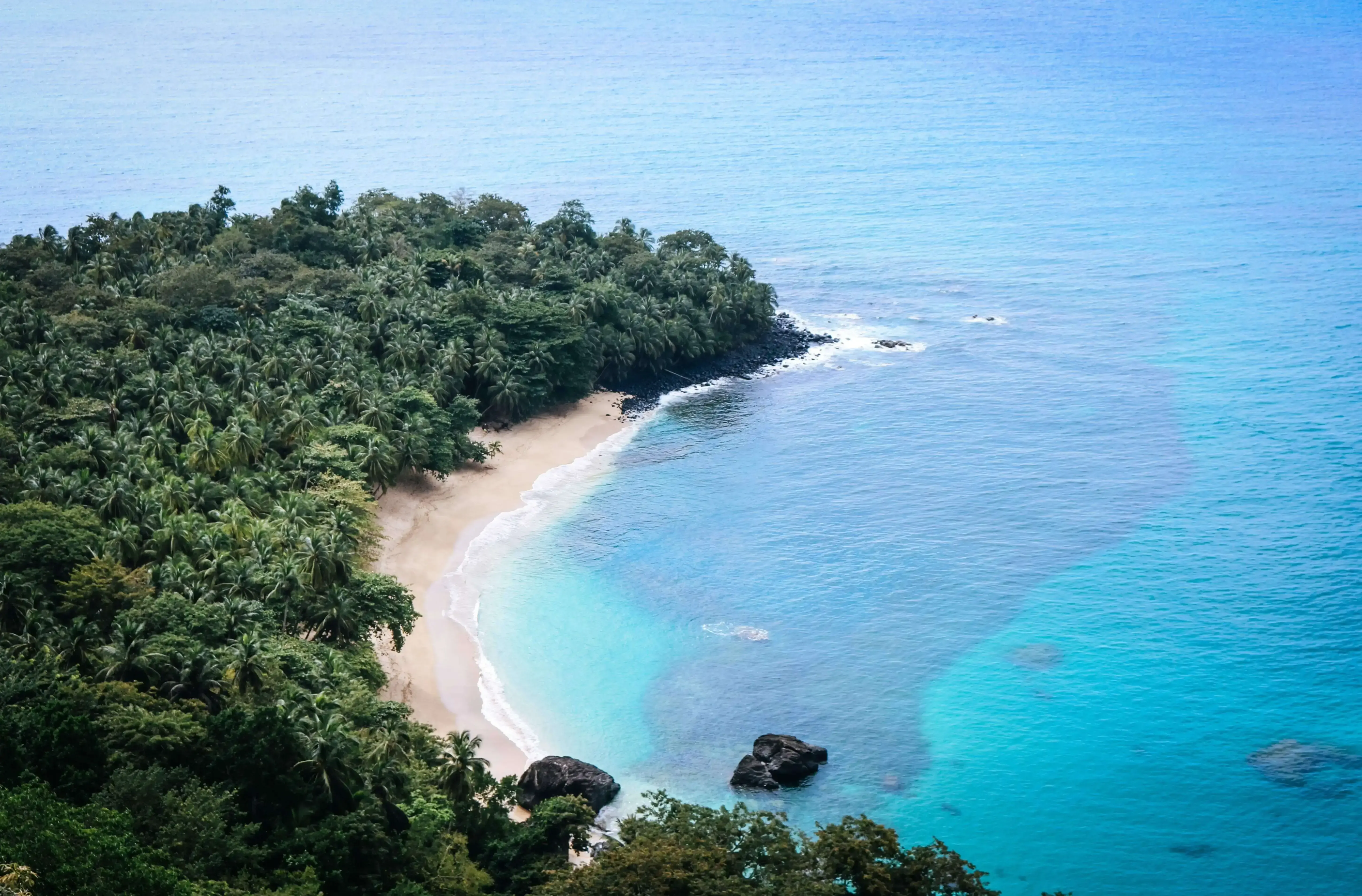
São Tomé and Príncipe
Native forests, agroforests, mangroves, savannas, coastal woodlands and croplands
São Tomé and Príncipe is home to some of the world’s most unique biodiversity. But its ecosystems are under pressure.
Latest News
Read AllOur Restoration Learning Center
The Ecosystem Restoration Integrated Program Learning Center is your go-to platform for building skills and knowledge to advance restoration efforts. Access training, webinars, and workshops designed for country teams, partners, and practitioners. From mastering techniques to improving monitoring and fostering collaboration, the Learning Hub empowers you to plan, implement, and scale impactful restoration projects.
- Learning Center
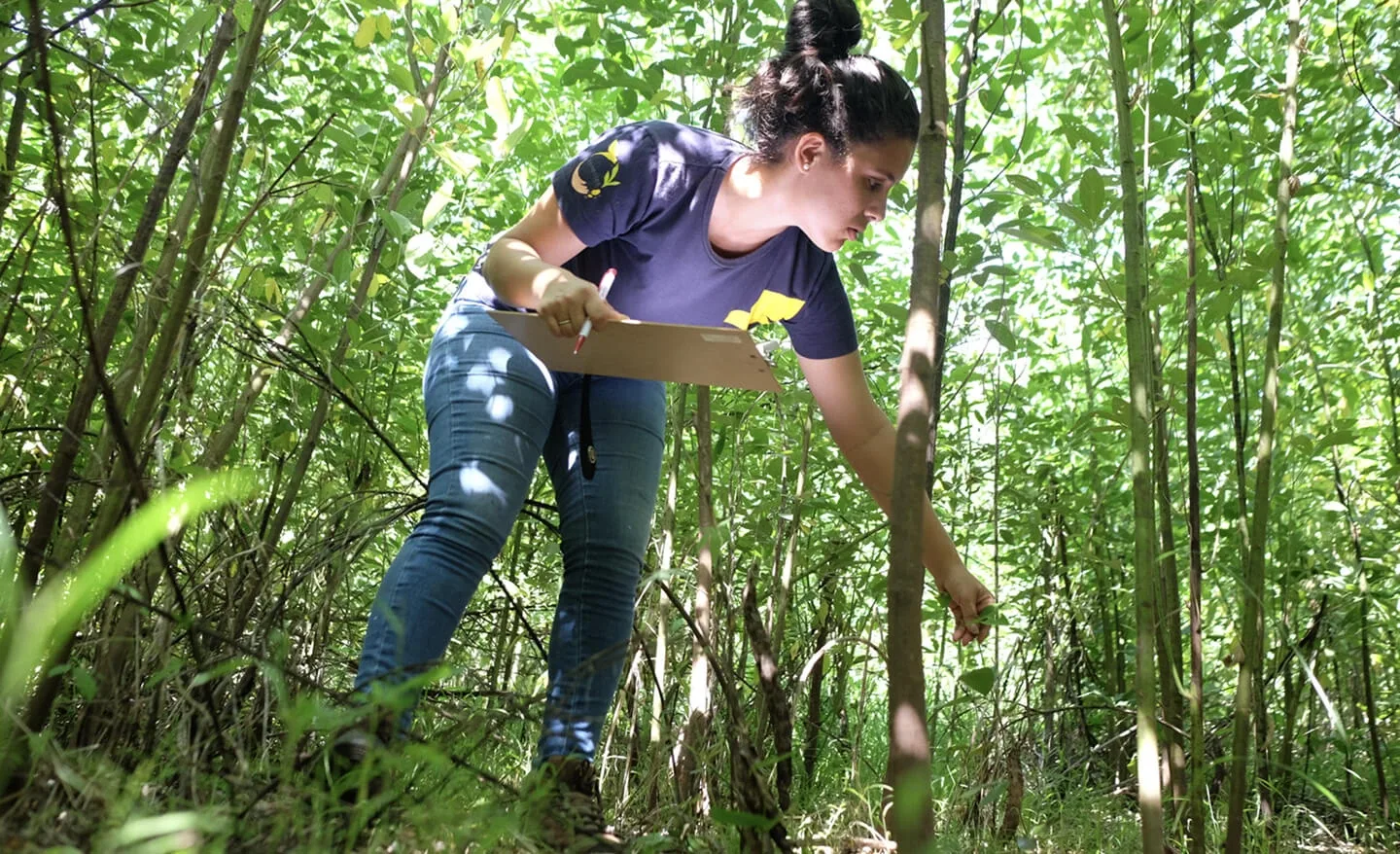
Trainings and Webinars
-
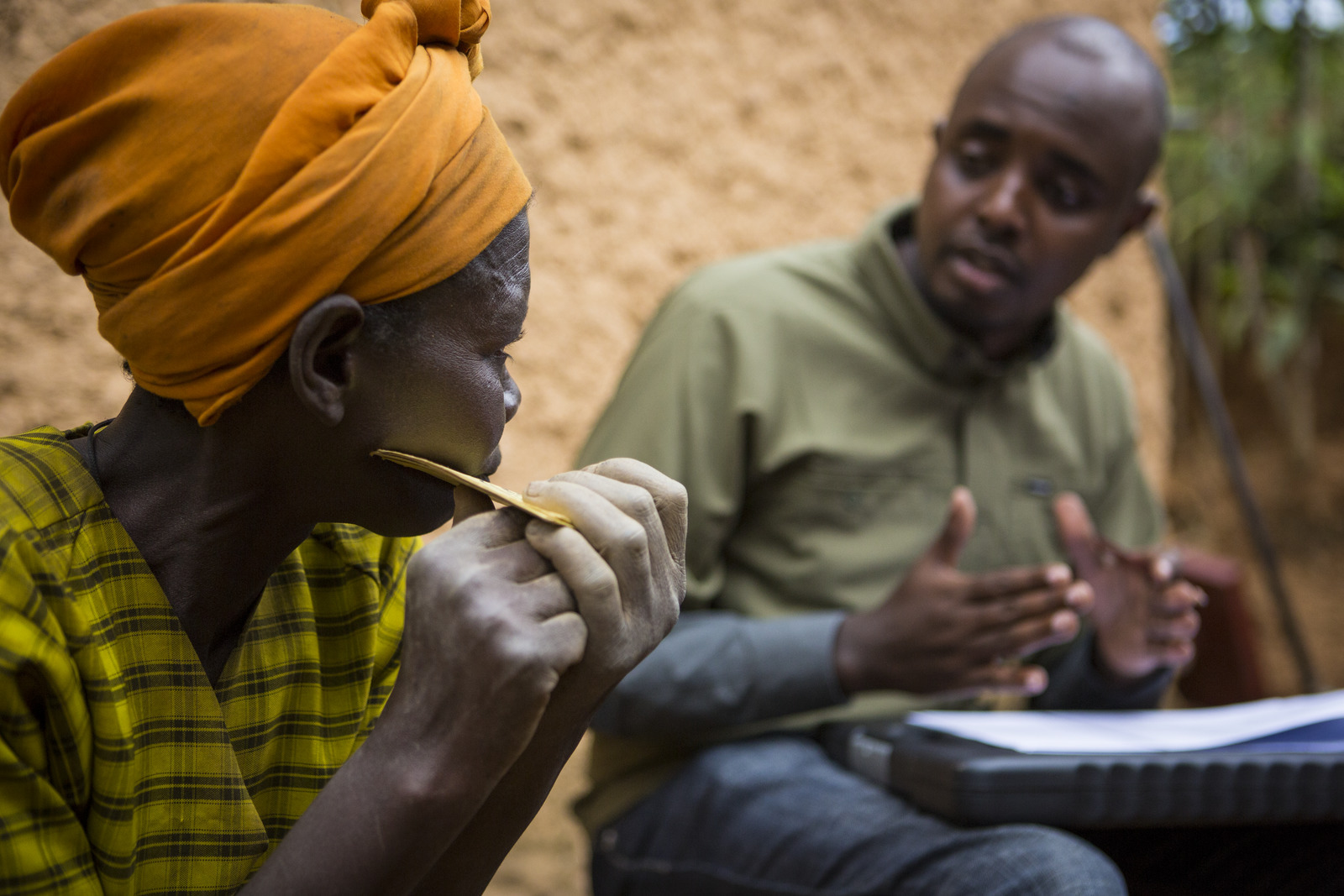
Communities of Practice
Our Partners
Conservation International is partnering with the Food and Agriculture Organization of the United Nations (FAO), International Fund for Agricultural Development (IFAD), International Union for Conservation of Nature (IUCN), United Nations Development Programme (UNDP), United Nations Environment Programme (UNEP), and World Bank to implement the Ecosystem Restoration Integrated Program.
Governments from 20 participating countries—spanning Africa, Asia, and Latin America—are key partners in implementing the Ecosystem Restoration Integrated Program on the ground. They are driving restoration efforts in forests, wetlands, peatlands, and grasslands, ensuring alignment with national priorities and global restoration goals.
Supported by
Led by
In Partnership with

Connect with
Us to Stay Informed










